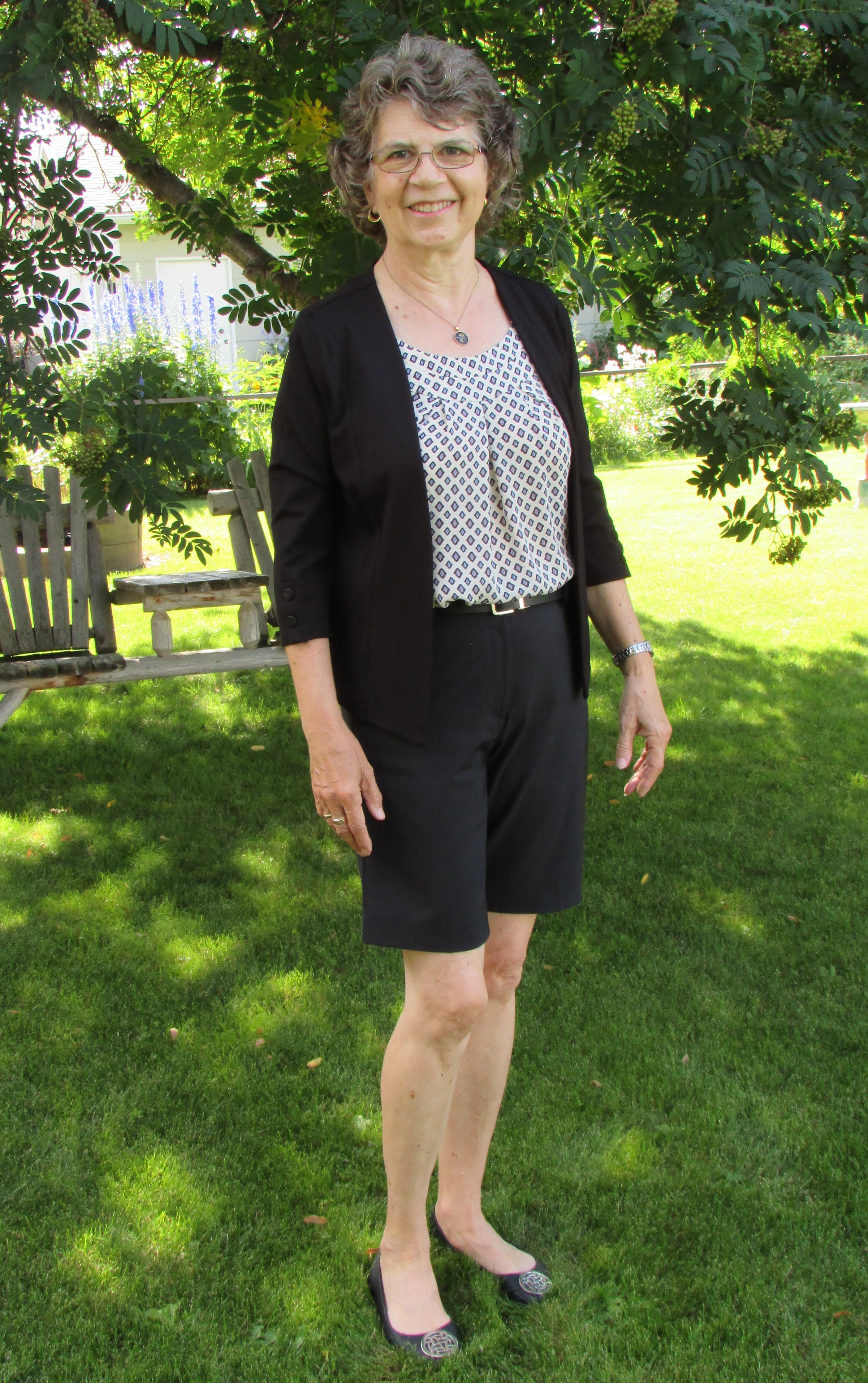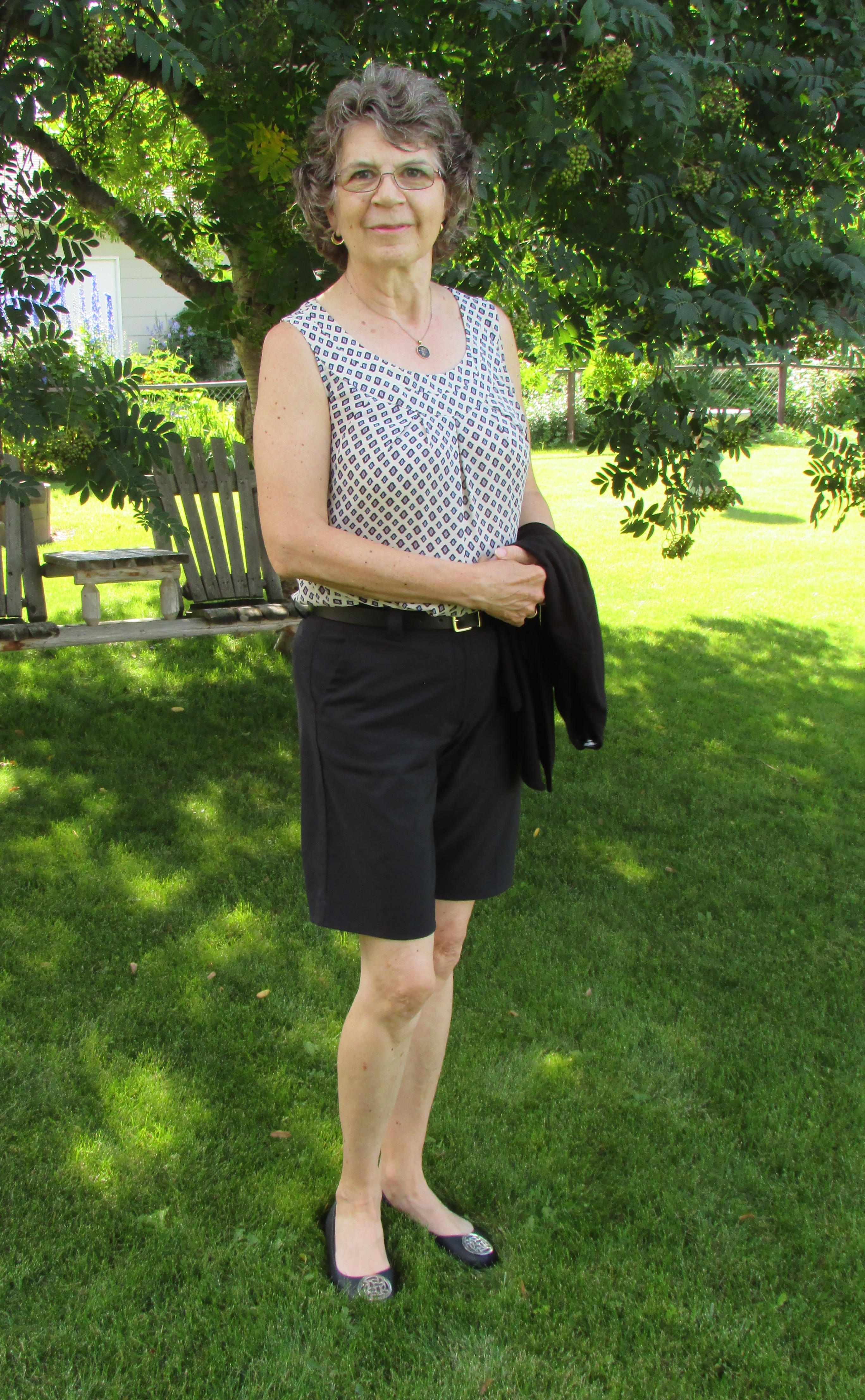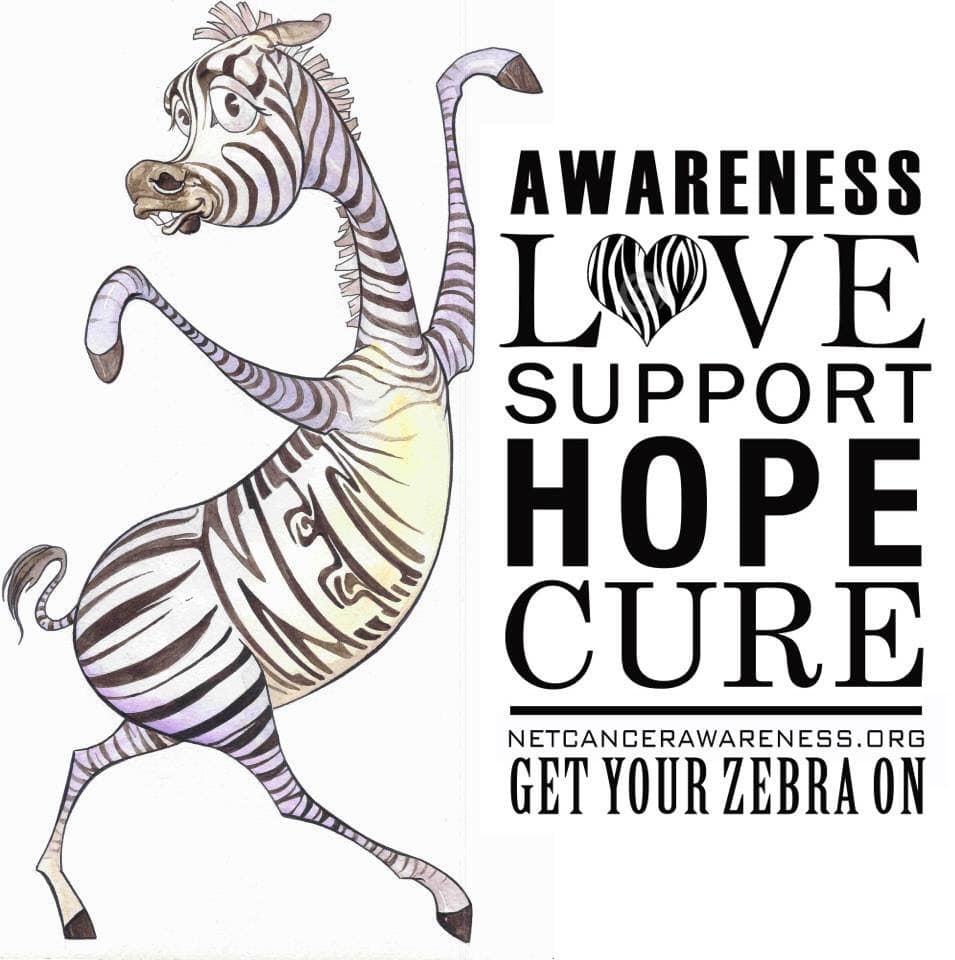
Image: Penn Medicine
The post that I recently wrote about what not to say to someone with cancer clearly resonated with a lot of people. In fact, it rapidly became one of my most read posts of the past year.
As I thought about the things that people say and particularly the advice that is often given, I realized that much of it is the result of common myths and misconceptions that people have accepted as truth. As a result, I decided to write a companion piece to try to debunk some of those popular cancer myths.
The internet, and social media in particular, have been responsible for spreading vast amounts of dubious or misleading information as well as much that is entirely false, but cancer myths existed long before the advent of the internet. In the early 1980s, when our daughter was dying of leukemia, I was told by a well-intentioned gentleman that I simply needed to boil up some spruce needles and give her the resulting tea to drink and she would be fine! That may not be one of the more common myths, but it is the kind of miracle cure that cancer patients are routinely advised to try. According to this study from a few years ago, almost 40% of Americans believe cancer can be cured solely through alternative therapies.
So, without further ado, here are 12 popular beliefs about cancer that are not true.
Sugar feeds cancer and makes it grow faster.
All cells in the body, both healthy and cancerous, depend on glucose, a type of sugar, to function. There is, however, absolutely no scientific evidence showing that eating sugar will make cancer grow or spread more quickly or that cutting out sugar will slow its growth or prevent the disease. This is not to say that there is no connection between sugar and cancer. Consuming too much sugar causes weight gain and obesity does increase the risk of developing certain cancers.
Artificial sweeteners cause cancer.
According to the National Cancer Institute, questions about artificial sweeteners and cancer arose when early studies showed that cyclamate in combination with saccharin caused bladder cancer in laboratory animals. Further studies, however, including one with more than half a million participants, found no evidence that artificial sweeteners increased the risk of cancer or posed any other threat to human health.
An acidic diet causes cancer and an alkaline diet cures cancer.
Although it’s true that cancer cells can’t live in a very alkaline environment, neither can any other cells in our body. While our blood may become slightly more acidic or alkaline after eating certain foods, it will not remain that way for any meaningful amount of time. Our kidneys ensure that our blood stays in its healthy, slightly alkaline range. If or when our blood becomes too acidic or too alkaline, our body automatically eliminates the excess through our urine. A healthy balanced diet, with lots of fruits and vegetables, plenty of whole grains, and healthy sources of protein, can help maintain a healthy body weight and reduce the risk of cancer, but there is no evidence to show that diet can significantly change our body’s pH, or that a diet of a certain pH has any impact on cancer.
Cancer is a fungus and can be cured with baking soda.
No, cancer is not a fungus! Scientists have proven that cancer begins when mutations within our own cells cause them to grow in an uncontrolled way. Oddly though, even if cancer were a fungal infection, baking soda (sodium bicarbonate) wouldn’t be an appropriate or recommended treatment. In fact, high doses of sodium bicarbonate are poisonous and can lead to very serious consequences.
Herbal medicines can cure cancer.
There is no evidence that herbal medicines can effectively treat or cure cancer, but certain complementary and alternative therapies, such as acupuncture, meditation, and yoga, are known to help with the psychological stress associated with cancer and some of the side effects of its treatment.
Plastic bottles and containers cause cancer.
Reducing the use of plastics definitely has environmental benefits, but it will not affect your cancer risk. Drinking from plastic bottles (including those that contain BPA) and using plastic containers and bags to store food have not been proven to cause cancer. Although studies have shown that certain chemicals in plastics may end up in the things we consume, the levels are very low and within a range considered safe for humans. This is even true in experiments where plastics are heated for many hours at a time.
5G, wifi, cell phones and power lines cause cancer.
Behind these myths, which I’ve lumped into one, is the misunderstanding that these emit radiation that can damage DNA and cause cancer. High energy radiation (often called ionising radiation), such as UV rays from the sun, do indeed release enough energy to damage DNA, but these technologies transmit radio frequency radiation (non-ionising), which is very weak in comparison. It doesn’t have enough energy to damage DNA or cause cancer. 5G, wifi, and mobile phones are still relatively new technologies so long term effects can’t be completely ruled out and research is still ongoing. At this point, however, several large-scale studies in people have been conducted and have found no clear evidence that these technologies cause cancer. Cell phone use has risen dramatically over the last few decades, with billions of people now using them around the world, and yet no significant rise in the rates of conditions such as brain, thyroid or salivary cancers has been observed.
Microwaves cause cancer.
Just like cell phones, microwaves emit non-ionising radiation that is too weak to damage DNA and cause cancer. Despite some common misconceptions, microwaves do not make your food radioactive and it’s safe to stand in front of the microwave oven while your food is heating.
Deodorants cause breast cancer.
This popular myth probably grew out of the fact that women are asked not to wear deodorants or antiperspirants when they go for mammograms. That’s because deodorants and antiperspirants contain aluminum which can mimic calcium on an X-ray or mammogram and interfere with the test results. Studies so far have found no evidence linking the chemicals typically found in antiperspirants and deodorants with changes in breast tissue or an increased risk of breast cancer.
Attitude affects cancer outcome.
There is no scientific proof that a positive attitude gives you an advantage in cancer treatment or improves your chance of survival. It does, however, improve your quality of life during cancer treatment and beyond. People with a positive attitude are more likely to stay active and maintain social connections that provide the emotional support they need to cope with their cancer.
Cancer spreads when exposed to air during surgery or biopsy.
There is absolutely no evidence that exposing a tumour to air causes it to grow more rapidly or to spread to other parts of the body. The chance of surgery causing cancer to spread is extremely remote and surgeons take many precautions to prevent this from happening. The reality is that many cancers are aggressive and will spread. This is because of the biology of the cancer, not because of a biopsy or surgery.
The cure for cancer already exists, but the pharmaceutical companies are keeping it secret.
First of all, cancer is really more than 200 different diseases. There is not, nor will there ever be, a one size fits all cure. In spite of this fact, the claim that a cure for cancer has actually been found and is being suppressed by pharmaceutical companies who make money off the disease is a popular one. Logic would say, however, that it would be in the best interest of those pharmaceutical companies to reveal such a cure if it actually existed because huge sales of the antidote would be sure to follow. It’s also important to remember that doctors, medical researchers, and the people who work for pharmaceutical companies also get cancer. Their loved ones get cancer. The idea that they would intentionally withhold a cure from their own loved ones is rather difficult to believe. Surely someone who is part of that nefarious plot would break and the secret would be out of the bag!
This is by no means an exhaustive list of all the cancer myths that are out there, but I’ve tried to address the most common ones. You many not agree with everything I’ve said, but please know that if you disagree, you will also be disagreeing with many of the primary cancer organizations around the world and the researchers that they support.

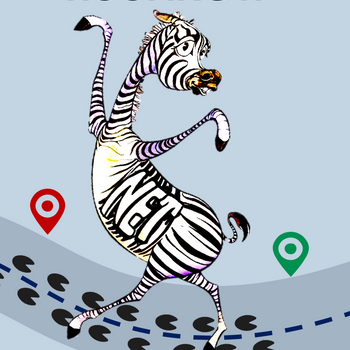
 There’s no doubt that the
There’s no doubt that the 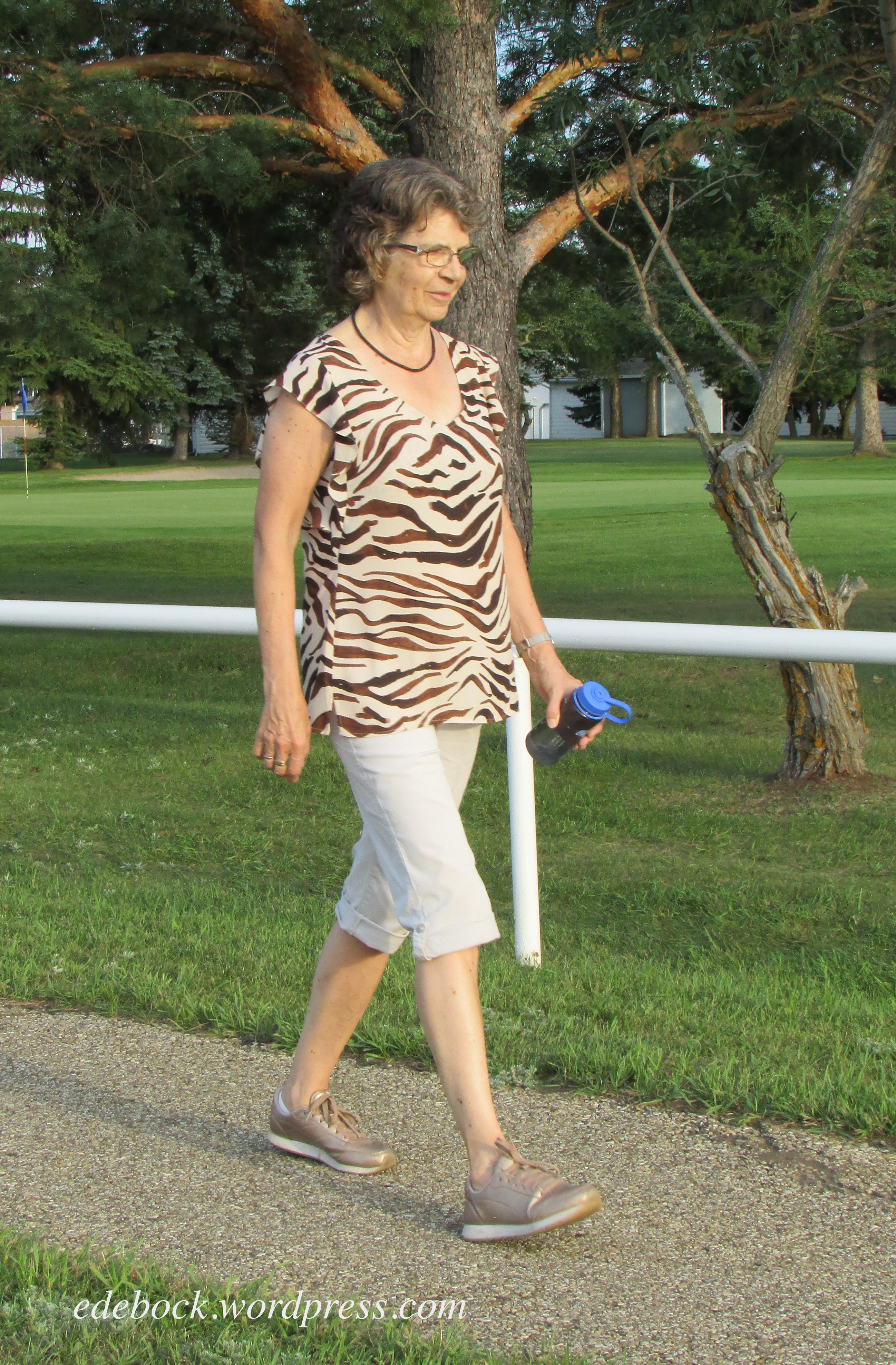
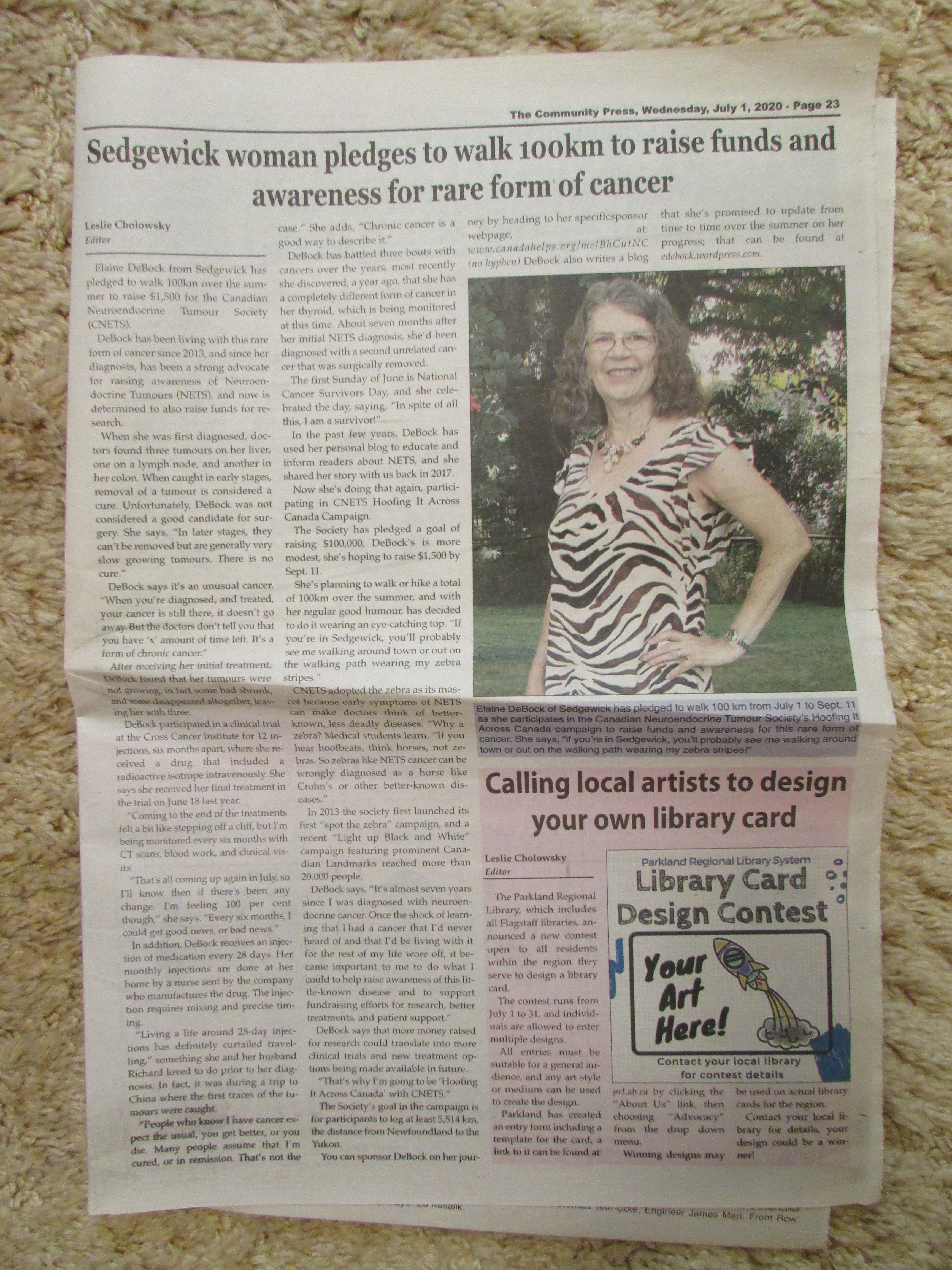
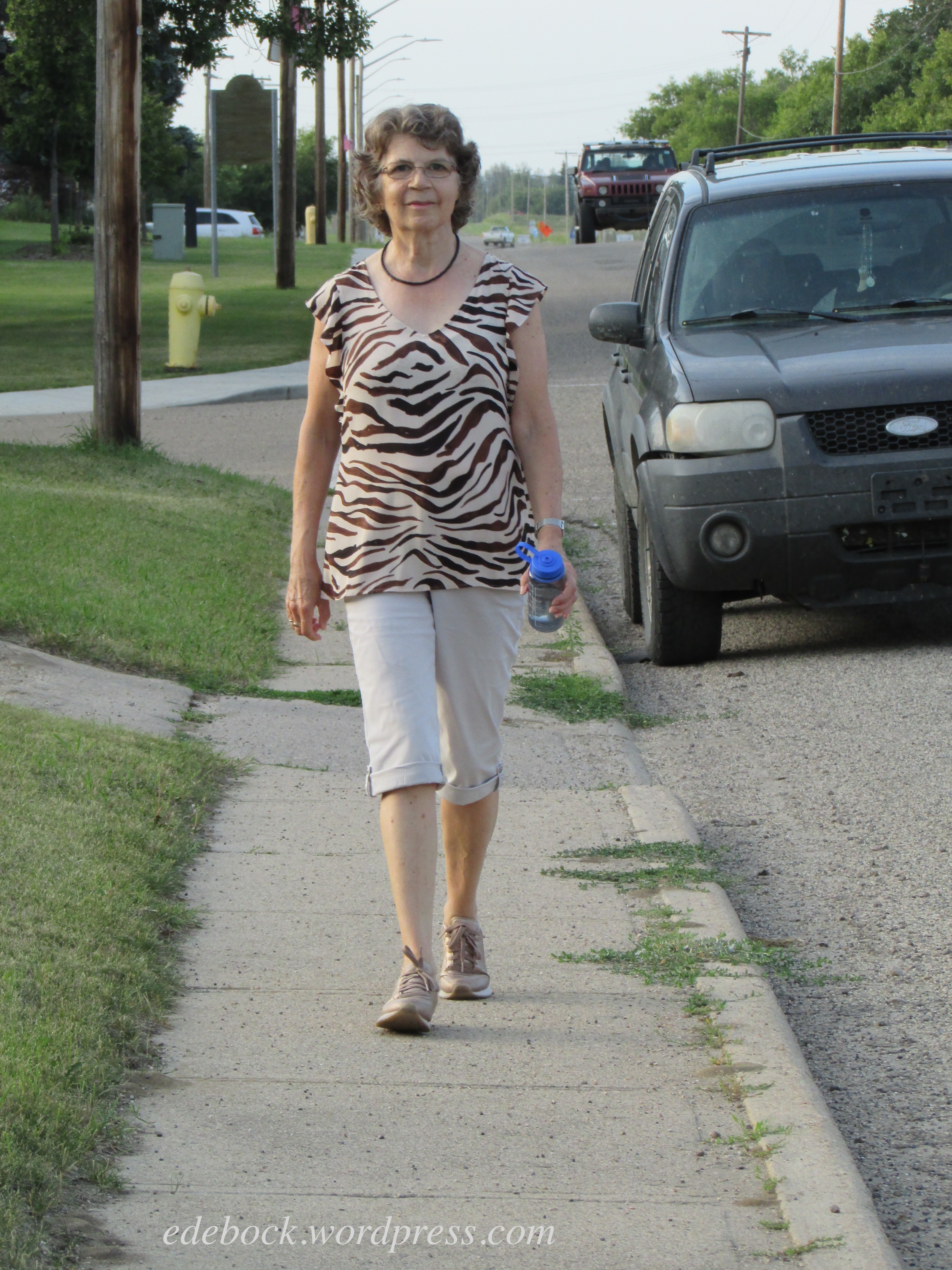
 As most of you already know, I don’t shop for clothes online and I’ve mostly been staying away from brick and mortar stores since the onset of Covid-19. That leaves shopping my closet and trying to create new looks with old clothes.
As most of you already know, I don’t shop for clothes online and I’ve mostly been staying away from brick and mortar stores since the onset of Covid-19. That leaves shopping my closet and trying to create new looks with old clothes.
